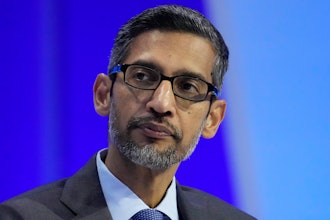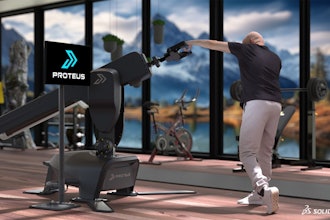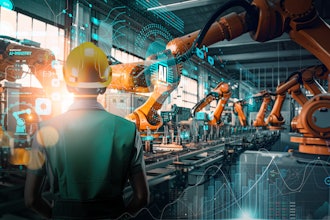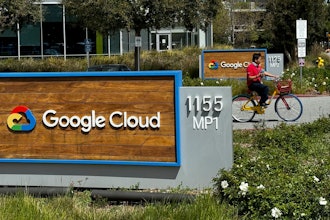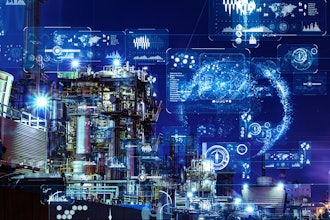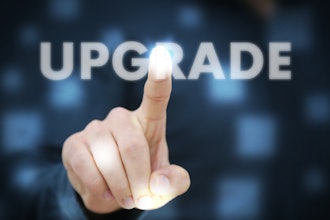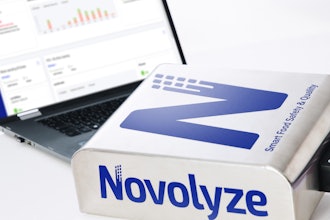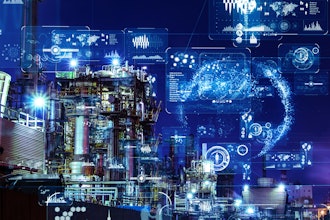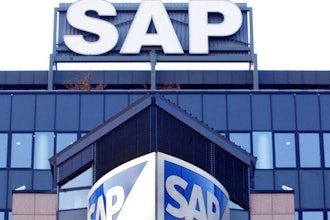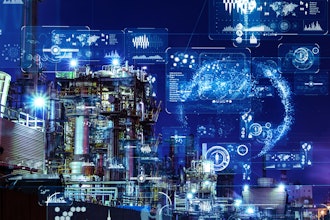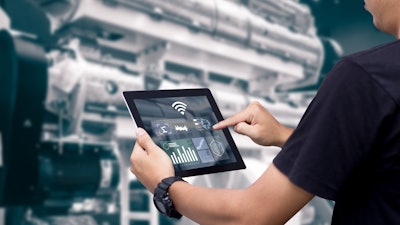
The Cloud is based on three building blocks - Infrastructure as a Service (IaaS), Platform as a Service (PaaS) and Software as a Service (SaaS) – though some Edge solutions can also use this structure.
IaaS provides a completely virtualized computing infrastructure, offering facilities such as servers and data storage, which can be customized to fit the needs of user companies. They can install any software they need for their operations, such as business analytics and operating systems. One of the greatest benefits of IaaS is that using it means there is no need to build an extensive in-house data processing infrastructure.
The next step is PaaS. As well as all the basic computing infrastructure provided by IaaS, PaaS also offers operating systems, development tools and database management software. It removes the need to manage infrastructure, ensuring companies can concentrate on their applications.
SaaS is at the top of the hierarchy and matches what many people envisage the Cloud to be. As such, it offers fully developed software solutions - there is no need to purchase hardware or software and no need to think about software maintenance. The subscriber only needs to think how they will use that software package in their own operations.
Cloud and Edge computing are very different technologies. As such, one technology cannot act as a replacement for the other, although they are becoming closer and merging some of their capabilities and functions. Edge computing is used to process time-sensitive data, while Cloud computing processes data that is not time-driven, for example to analyze long term trends. If serving remote locations where they may be little or no connectivity to a central location, Edge computing is preferred over the Cloud. These locations will require local storage, and Edge computing provides the perfect solution for this scenario.
Working Together
Which is right for you depends on what you’re aiming for – both the Edge and Cloud are equally important depending on whether you are dealing with purely local data processing needs for your IIoT devices or whether you want to widen your scope and look at the performance across multiple sites.
Essentially, the Edge can be thought of in two ways. The first is as an extension of the Cloud – the Edge pre-processes data from distributed devices, which may use different languages and communications protocols, such as Modbus TCP, IEC61850, Profinet, or serial communications like Modbus RTU. In this regard, the role of the Edge is to prepare data in a format that the Cloud can understand.
The Cloud then performs data processing, the results of which alters what happens at the Edge. For example, Cloud computing makes possible machine learning and training of models that can then be deployed back to the Edge. The Edge uses these models as a guide to respond to local data from the onsite devices.
The other view sees the Edge purely as computing and data processing performed on the premises or the devices themselves. Relying purely on the Edge, however, means that if you add more devices, you will need more local computing resources to support them. The type of devices you have and the information and analysis you want can also determine if a system based more on the Edge or the Cloud is more suitable.
Devices that are natively Cloud connected are suitable for fleet maintenance scenarios, where the Cloud is used to look for patterns and trends in the accuracy and performance of devices to inform maintenance interventions. The alternative is legacy devices, which may need quick reactions and therefore low latency. Edge can make this happen. There is no need to send data to the Cloud as the devices are closer to the system. Another alternative is a DCS or PLC close to the Edge, giving quick decisions.
Similarly, if long term process optimization based on the deep analysis of trends is what you need, then the Cloud will be the better alternative, as this function is not time critical. The Cloud also offers near infinite capacity, whereas Edge only offers insight into one site and is not suitable if you need to see trends across multiple facilities.
AI and Machine Learning
As the Edge and the Cloud evolve, there is a growing amount of overlap in their functions, providing users with many more options for building flexible systems that can handle varying amounts of data at different sites. An example is a Cloudlet, a mobility-enhanced small-scale Cloud data center located at the Edge of the Internet. As such, it is a new architectural element that extends Cloud computing infrastructure.
One of the factors driving the evolution is the integration of AI algorithms into IIoT infrastructure. Capturing data from IIoT devices and bringing it in to analytical models driven by AI can lead to a transformation across all functions of a company, with benefits not restricted to the immediate devices and the processes they serve. To accommodate the AI processing of this data, some vendors are driving AI and ML technologies from the Cloud – by contrast, others are building from the Edge.
There is also something in between. Known as ‘federated learning’, this a combination of smaller applications and the ability to learn and optimize based on data from a fleet of machines.
Another approach is a technique called fog computing where Edge computing is integrated with centralized Cloud computing. Using this type of infrastructure, it is possible to maximize the potential of both approaches while minimizing their limitations. Many companies seek to do this by having their IT infrastructure and a data center at the same sites.
Edge application services are also taking off. By providing basic IaaS and PaaS and advanced Cloud-native programming services on distributed Edge computing infrastructure, these services reduce the volumes of data to be moved, as well as the distance that data must travel. These services have only intermittent contact with the public Cloud and major data centers, providing lower latency and reducing transmission costs.
In conclusion then, the question for companies looking to get more out of their data, present in IIoT devices and control systems, is not one of whether the Edge or the Cloud is the best, but rather which one offers the best solution for their application and whether they could be used together to deliver the greatest benefits.
As both continue to evolve, the lines are blurring, and companies will have many more options for unlocking the power of their raw data that can be used to deliver deeper insights into their operations.
Narasimham Parimi, is the Digital Products Portfolio Manager for ABB Process Control Products.











